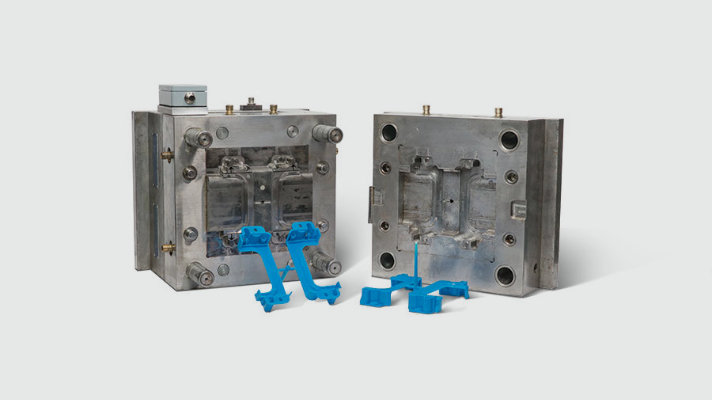
We so often hear of the negatives that are associated with plastic that it’s easy to forget all of the positive things it has brought into the world. Here are 6 reasons to be thankful for our polymer pal.
1. Plastic saves lives. Ever wonder why most medical equipment is made out of plastic? Plastic allows for a more sterile environment by offering one-time-use products and eliminating the need to sterilize and reuse tools. Plastic also offers a higher level of comfort than the alternative metallic options and is hypo-allergenic. Read more about how plastic has revolutionized the healthcare industry.
2. Plastic reduces gas emissions and saves on fuel. The lightweight nature of plastic allows cars to be more fuel efficient, which means we burn up less of our precious limited resources. It also offers lightweight packaging options for transporting goods, leading to less fuel usage. Plastic can also be converted into fuel, reducing the amount of fossil fuels that need to be extracted from the earth and helping to keep fuel prices low.
3. Plastic is sustainable and long-lasting. Because plastic is a very durable, long-lasting material, it is often used in homes, bridges, as infrastructure in buildings, and more. Plastic is lightweight yet strong, is resistant to rot and corrosion, and has strong weatherability due to its ability to achieve tight seals. This also creates more efficient housing, reducing wasted energy for heating or cooling. Being a long-lasting material means less components need to be thrown away due to wear and tear—that means less garbage in our landfills and less need for production of replacement components.
4. Plastic improves safety. In automotive, plastic has contributed to a multitude of innovations in safety—from bumpers to seat belts, airbags, dashboards, and more. These innovations have saved thousands of lives each year. Plastic has also greatly improved sports safety. Think about all of the gear athletes use to protect themselves: a helmet, faceguard, visor, mouth guard, pads, cleats, and even the uniform itself. What does it all have in common? It is all made out of plastic. Modern sports gear evolved as sports evolved—athletes pushed themselves harder, increasing the risks of injuries. Leather gear eventually transitioned into plastic for more protection and higher durability.
5. Plastic is affordable. Can you imagine how costly (and heavy) computers, televisions, and cell phones would be if they were completely made out of metal? Plastic makes these items affordable along with healthcare, automobiles, housing, and the list goes on.
6. Plastic is reusable. It can be melted down and reshaped over and over again. Recycling plastic means less need to manufacture new materials and less waste in our landfills. Simply reusing water bottles—as an example—can greatly reduce gas emissions, pollution, and energy usage.
Plastic is an invaluable resource that has aided in countless innovations and helped shaped the world into what it is today, but it must be used responsibly. We can all do our part in minimizing waste in our landfills, including reducing scrap during production. This doesn’t only save you money, it reduces energy usage, gas emissions, and plastic waste. Let’s work together to give plastic back its good name.



